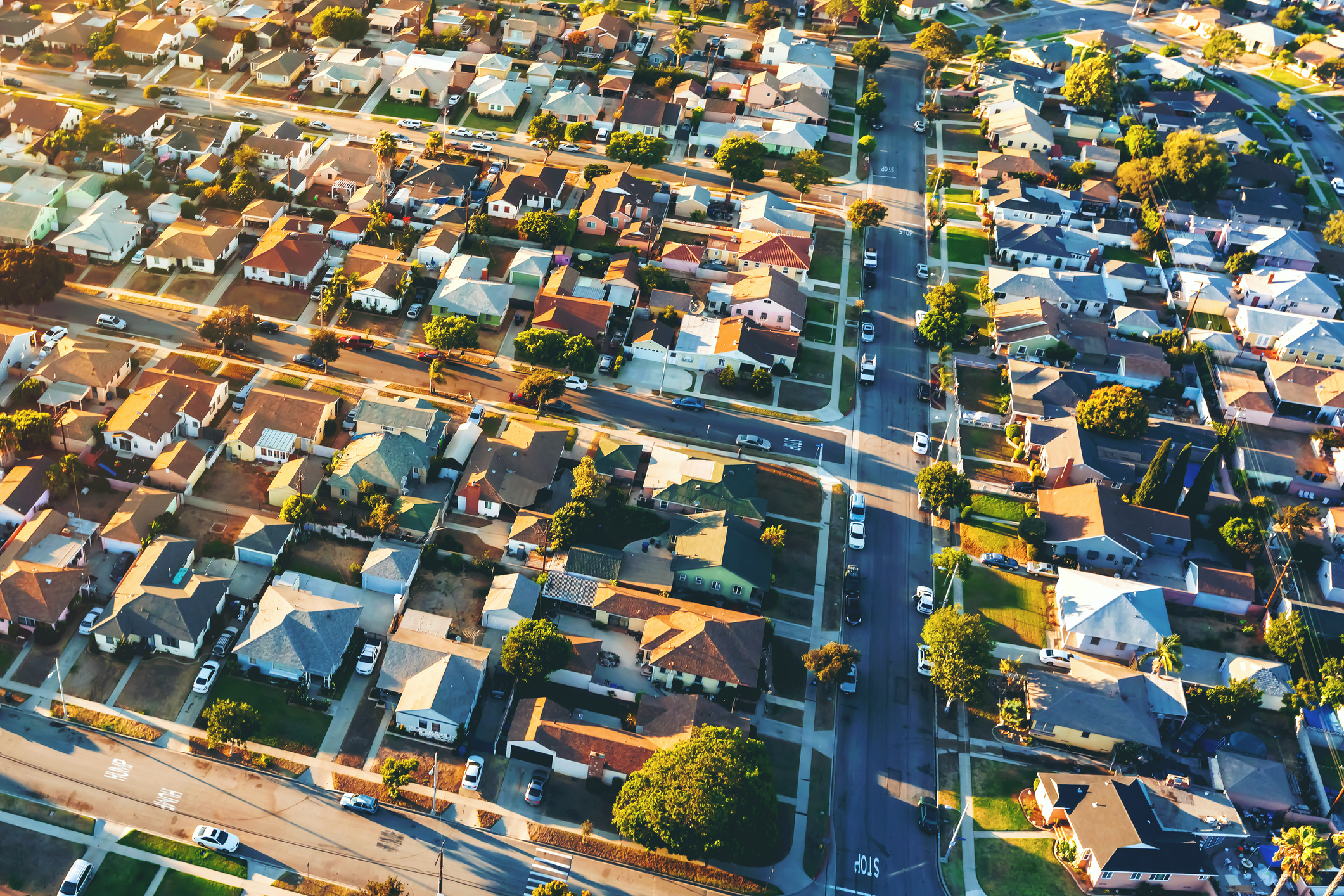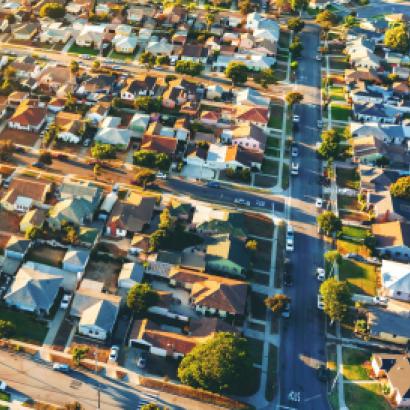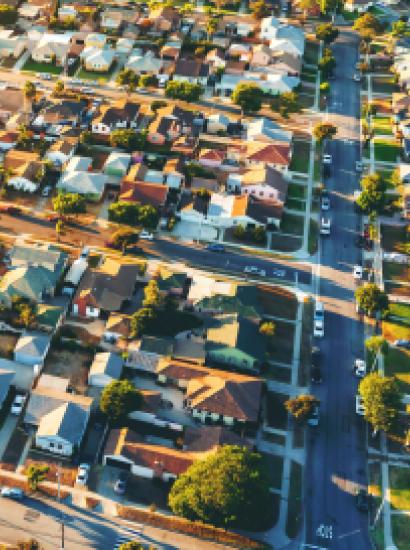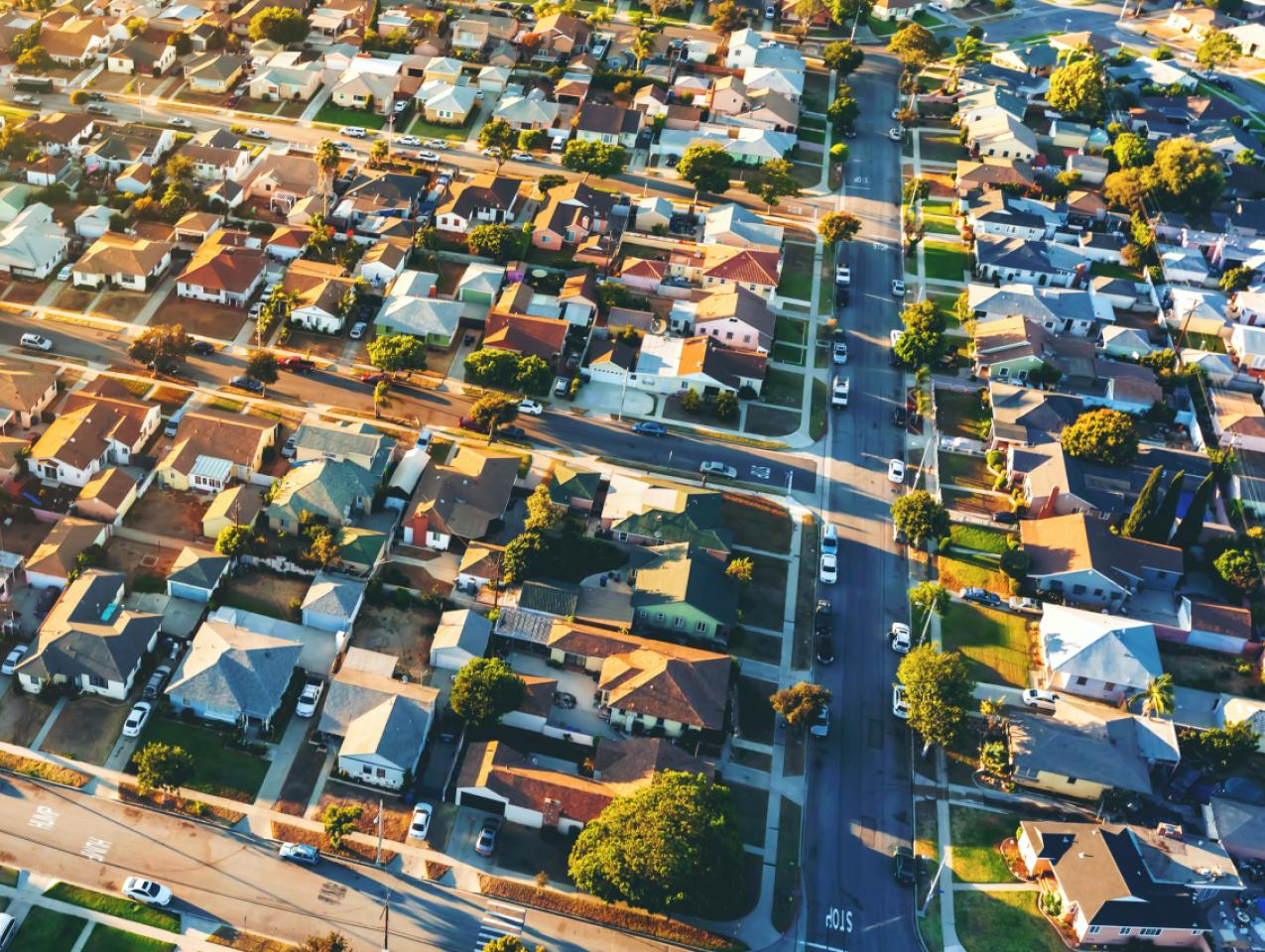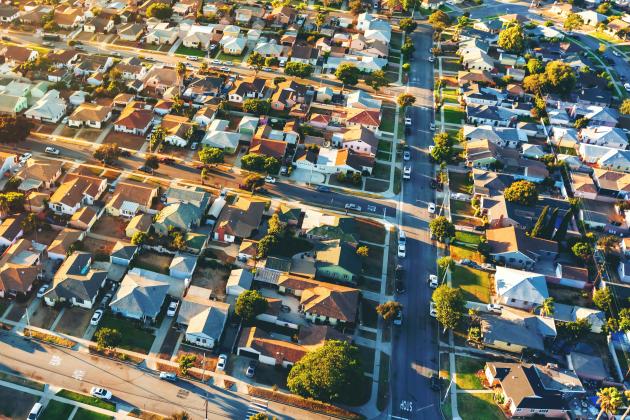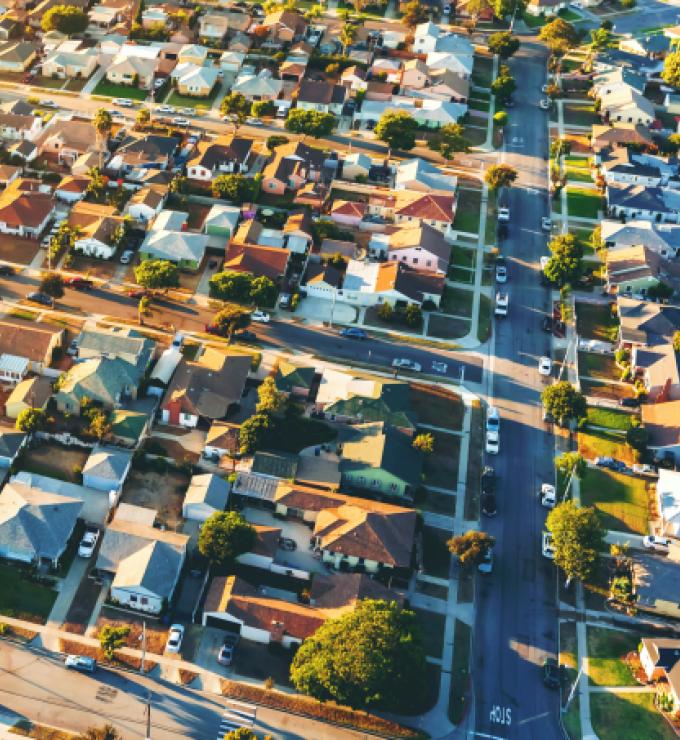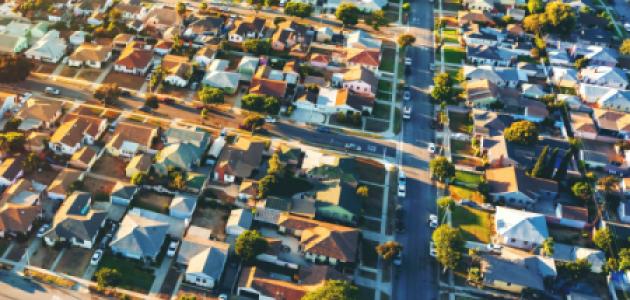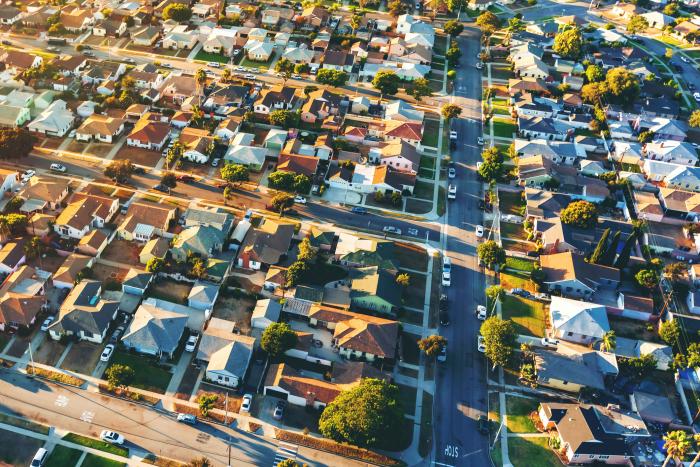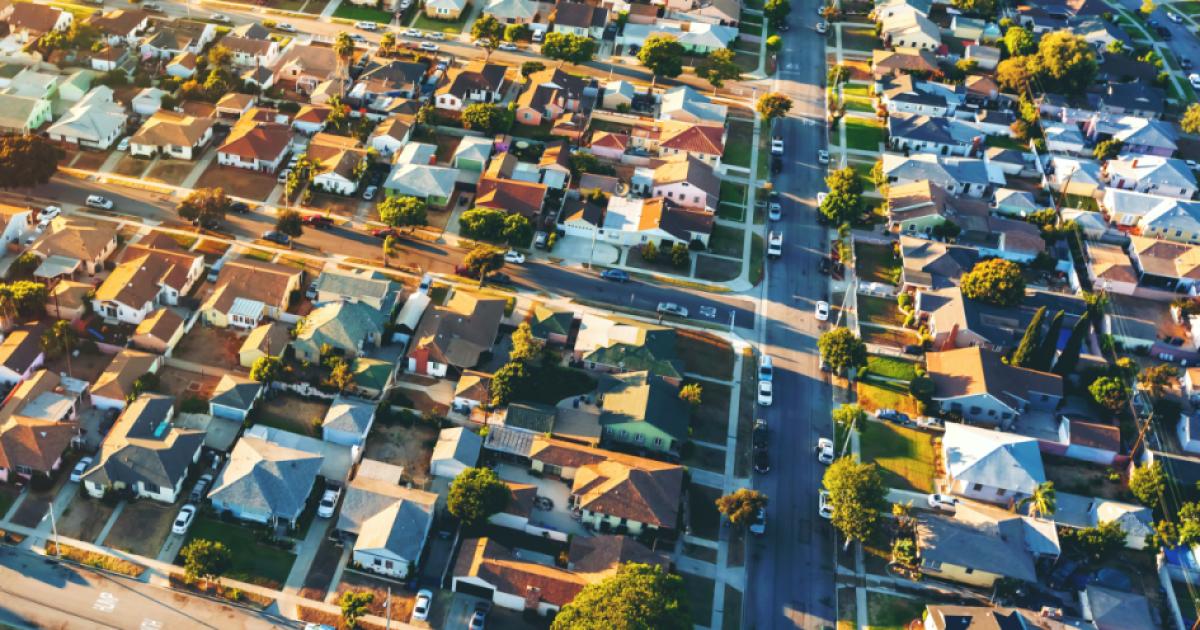- Politics, Institutions, and Public Opinion
- State & Local
- California
My good friend and Hoover colleague John Cochrane gave me the following idea for a brain teaser. Take the numbers 8, 3, and 7 and assemble them in any order you like to create a three-digit number. For example, 837. Next, add as many zeroes as you think are needed at the end of your number to estimate the average cost of building a housing unit (around 600 square feet, based on a recently completed complex) for a homeless person in Los Angeles. Think of this as a 21st-century version of the old TV game show, "The Price Is Right."
Now, before you do this, I would like to point out what California governor Gavin Newsom has to say about building affordable housing in our fair state: “We will provide stable funding to get sustainable results. We will tackle the underproduction of affordable housing in California. And we will do all of this with real accountability and consequences.”
Accountability. Consequences. Affordable housing. In California? I am all for it!
Let’s get started. Since I am not in the home-building business, I went to HomeAdvisor.com, which provides detailed information on building costs in California. Home Advisor tells us that building costs can range from a bare minimum of less than $100 per square foot up to $500 per square foot for high-end, luxury digs.
This is a very wide cost range to use for estimation purposes. To narrow this down, remember we are living in a world of accountability, affordability, and consequences, per Governor Newsom. This leads me to narrow the range from $105 per square foot, which Home Advisor considers as “average-standard” up to $165 per square foot, which they consider as “good-standard.” After all, we are accountable for providing affordable housing, and how could we be accountable to taxpayers, who agreed to burden themselves with a $1.2 billion bond issue for this very purpose, at a cost any higher than that?
With 600 square feet, built at an average cost of around $130 per square foot (about the middle of our $105–$165 range), we come in at $78,000, remarkably close to arranging our numbers as “783” and adding two zeroes. If you want to add a bit more to account for administrative costs that go beyond Home Advisor’s estimates, then we could come in at either $83,700, or $87,300.
Now, this is where my friend John’s sense of humor and irony comes into play. It turns out that our cost estimates are off. Way off. They are so far off that we need to add another zero to our number. Yes, we somehow have missed the mark by a factor of 10. According to a recently completed audit, the estimated building cost for this 600-square-foot unit for the homeless is now $837,000 per person. What of Governor Newsom’s inspiring and strong words about accountability and affordability and consequences? Crickets.
LA city controller Ron Galperin, who supervised the audit of this program, described the number of completed units as “wholly inadequate,” noting that construction “is still unable to meet the demands of the homelessness crisis . . . while the cost of each unit continues to rise—in some cases to staggering heights.”
The audit concluded that the city should find “faster and cheaper ways of scaling up projects.” Now there is an understatement if I ever heard one. Galperin should have been even more blunt in his assessment, as LA mayor Eric Garcetti claims that building costs are actually lower than what was expected. Lower than expected? Sure, they are! Just like LA crime rates have plummeted, the city’s traffic congestion has disappeared, and the public schools are the best in the country.
The number of homeless people in LA is estimated to be about 41,000 from a survey conducted just before the pandemic in 2020, but most believe homelessness has increased substantially since then. If the current number of homeless people is around 50,000, then housing those people at a rate of $837,000 per person pencils in at about $42 billion, which is roughly four times as high as the entire annual city budget.
Do you remember that 1990s weight-loss infomercial called “Stop the Insanity!”? Taxpayers need to take up that that battle cry, because spending $837,000 to build a one-person unit is insane. So insane that California’s resident royals, Prince Harry and Meghan Markle, the Duchess of Sussex, have figured out how to live like —well, royals—at a much lower cost. In 2020, Harry and Meghan (if I may use their first names) purchased a home in tony Montecito, California, one of the most expensive zip codes in the state, just south of Santa Barbara, at considerably less on a per-square-foot cost basis than what the city audit found it is costing to build studio apartments for LA’s homeless.
Harry and Meghan purchased nearly 20,000 square feet of living space including nine bedrooms and 19 bathrooms (you never can have too many bathrooms) for about $14.7 million. This cost the royals about $785 per square foot, though the fact that the home sits on over five acres of prime Montecito land means that the price per square foot of actual construction is lower, perhaps closer to $400 per square foot.
Even accounting for depreciation of about 3 percent per year from the 2003 construction of the home, this cost is remarkably less than the nearly $1,400-per-square-foot cost for building what should be cookie-cutter homeless units. And I am pretty sure that the quality level of Harry and Meghan’s digs is not what Home Advisor would identify as “average-standard” or “average-good.” More like “luxury–junior royals,” if such a category existed on Home Advisor.
This raises the question, why are construction costs for generic living spaces more expensive than what the royals live in? Just how could building “affordable” housing cost ten times more than it should?
The short answer to this question is what is known in the world of construction as “soft costs,” which is a catch-all term for all nonconstruction costs. This is the endless money pit of fees for legal and administration and oversight and aides who work in city hall and all the other nonconstruction costs that involve navigating a labyrinth of red tape that would make Rube Goldberg proud. This is what happens when multiple layers of government—city, county, state, and federal—are involved. Not one black hole of government. Four black holes.
Why doesn’t anyone in government shout, “Stop the insanity!”? Why doesn’t anyone think outside the box? What about modular homes, which are much less expensive to build? And what about confronting the 800-pound gorilla in the room, which is that there never will be “enough” housing in Los Angeles, or California, for that matter, to put a roof over the heads of those who don’t have one?
Something is terribly wrong when the city of Los Angeles could save taxpayers enormously by paying the homeless hundreds of thousands of dollars to leave the city. But this is what a lack of sensibility and accountability within government leadership have delivered to us. And no one within these ranks is stating the obvious. Why not?







